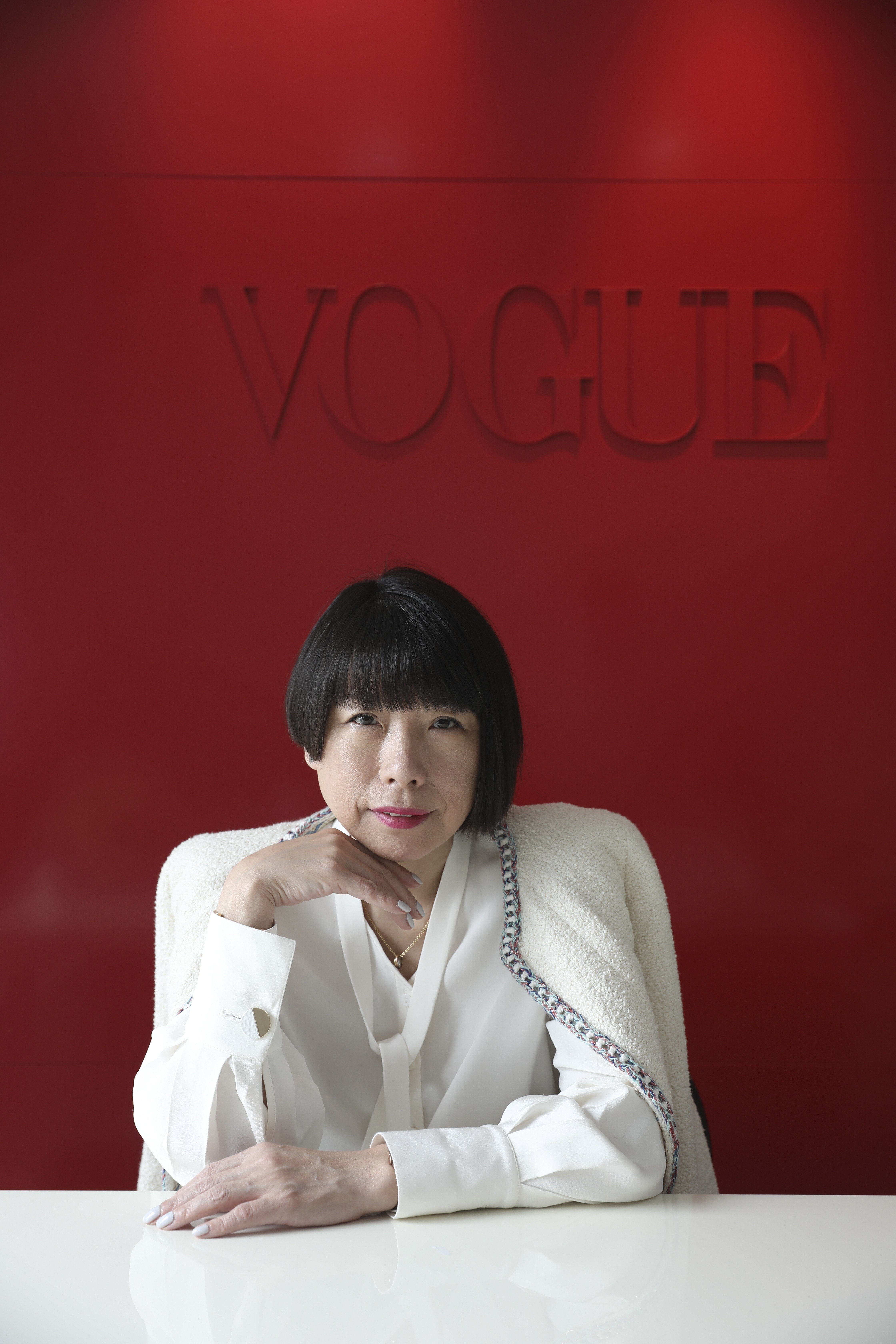
Approachable, chatty and cheerful, Cheung has steered the magazine from its launch issue to a readership of two million. Yet she nearly turned down the job for a legal career
Angelica Cheung – Beijing-born, former Hong Kong resident, honorary Yorkshire-woman and dedicated Arsenal fan – is one of the most powerful people in fashion. Whether you agree with that statement depends on your opinion of fashion media in general, and the might of publisher Condé Nast in particular.
Cheung has been editor-in-chief of Vogue China since its launch in 2005, and has ushered it through 15 years of spectacular growth. From an initial print run of 300,000 – the circulation of American Vogue, then the world’s biggest fashion magazine, was 1,275,359 – today, Vogue China’s print readership is said to be two million.
In China, economic figures have a mercurial quality and, unlike other titles in Condé Nast’s international stable, Vogue China’s sales aren’t officially audited.
Perhaps a better indicator of the shift in Chinese soft power has been the fashion week Front Row Index. In the late 20th century, Chinese fashion editors hovered at the back, tolerated but ignored. Their view was confined to Western people’s hair. That is no longer the case.
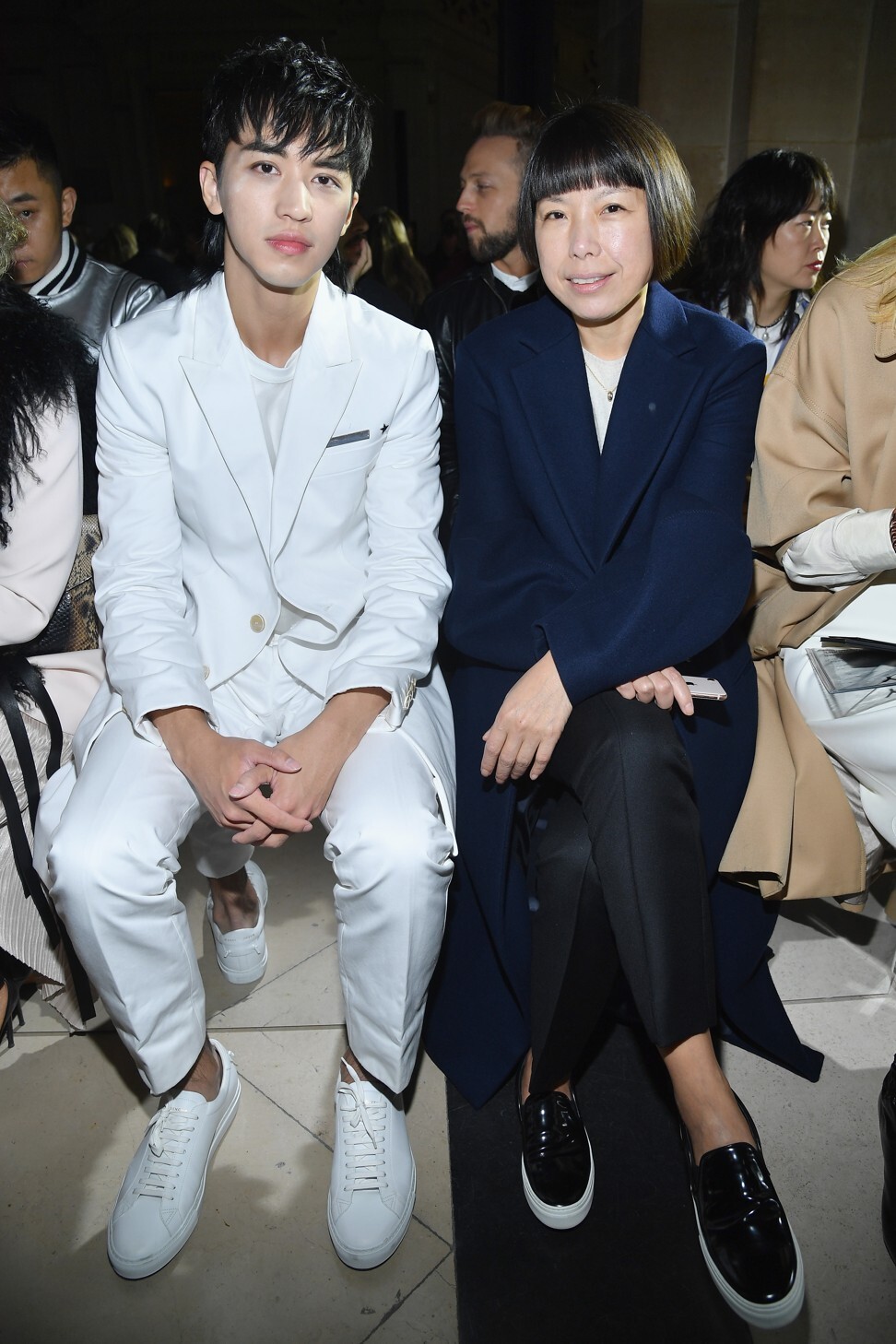
There’s still a sense of borders, however. “We all sit in different blocks so there’s very little scope for contact during the shows,” says one fashion editor. “And, to be honest, many press blocks keep to themselves, not least the Chinese. Angelica Cheung is the exception.”
“There’s definitely more wariness about China in a post-Covid world but I don’t think that will rebound on Angelica,” says Lisa Armstrong, head of fashion at The Telegraph newspaper in London. “She never threw her weight around at the shows. She’s very personable, a good conversationalist and true cosmopolitan. She’s an excellent unofficial ambassador for China, not just for promoting Chinese designers and crafts but because of her outward-reaching manner. They might seriously want to think of posting her to the UK or US at some point.”
(When I repeat this to someone senior on China’s fashion scene, he says, “That’s such a Western view of her.” But isn’t it the West that needs to be won over?)
As the daughter of a diplomat, she has charm and curiosity. She speaks impeccable English. She is well travelled. There’s even the requisite photograph of her as a child in Beijing, waving her “little red book”.
She is also – when she wants to be – tenacious. Her professional demise has been forecast regularly. In July 2018, Sophia Liao, then president of Condé Nast China, was obliged to send an internal email to employees denying Cheung was leaving.
The editors of both Harper’s Bazaar China and Elle China left their jobs in the past couple of years. Cheung, now 54, likes to point out in interviews that Vogue editors are long-stayers. These are, however, uncertain times.
Cheung is based in Beijing and so we speak, as is the fashion these days, via Zoom. Our original July meeting is rescheduled an hour beforehand when Condé Nast, in an excess of public relations caution, decides someone from London should sit in on the conversation.
The zeitgeist has not been kind to the American publishing company. Both #MeToo and Black Lives Matter have wielded their scythes over unwoke editors and contributors. It doesn’t help that the July/August cover of Vogue Portugal seems to depict an institutionalised form of waterboarding upon a naked woman and is labelled “The Madness Issue”.

Unfortunately, by the time we reconvene the following afternoon, Condé Nast is once more tussling with internet outrage. In a forehead-slapping moment, Edward Enninful, British Vogue’s first black editor, has been stopped by security from entering London’s Vogue House and, as he informs his million Instagram followers, instructed to “use the loading bay”.
Zoe Garland, Condé Nast International’s communications officer, hovers over us, drinking coffee and probably hoping for an easier day.
She needn’t worry. Cheung is not the type to parade public outrage. In the 1990s, when she worked in Hong Kong, we had a nodding acquaintance and my memory is of an energetic cheerfulness. I ask a photographer friend who knew her and her journalist husband what he remembers of Cheung from that era. He says, immediately, “Happy, outgoing, positive”.
There’s just one moment – her Zoom audio isn’t working and a member of staff is summoned to sort it out – when I wonder if Cheung has lost some of that perkiness. In a pale striped shirt (Prada) against an imperial, red lacquer backdrop, she looks as if she could be a tiny bit scary. Later, when I ask if she’s tough on her employees – if that’s when she throws her weight around – she cries, “I don’t know!”
How did that go? “It is very funny,” she replies, thoughtfully. “There’s a reputation. And there’s the truth.”
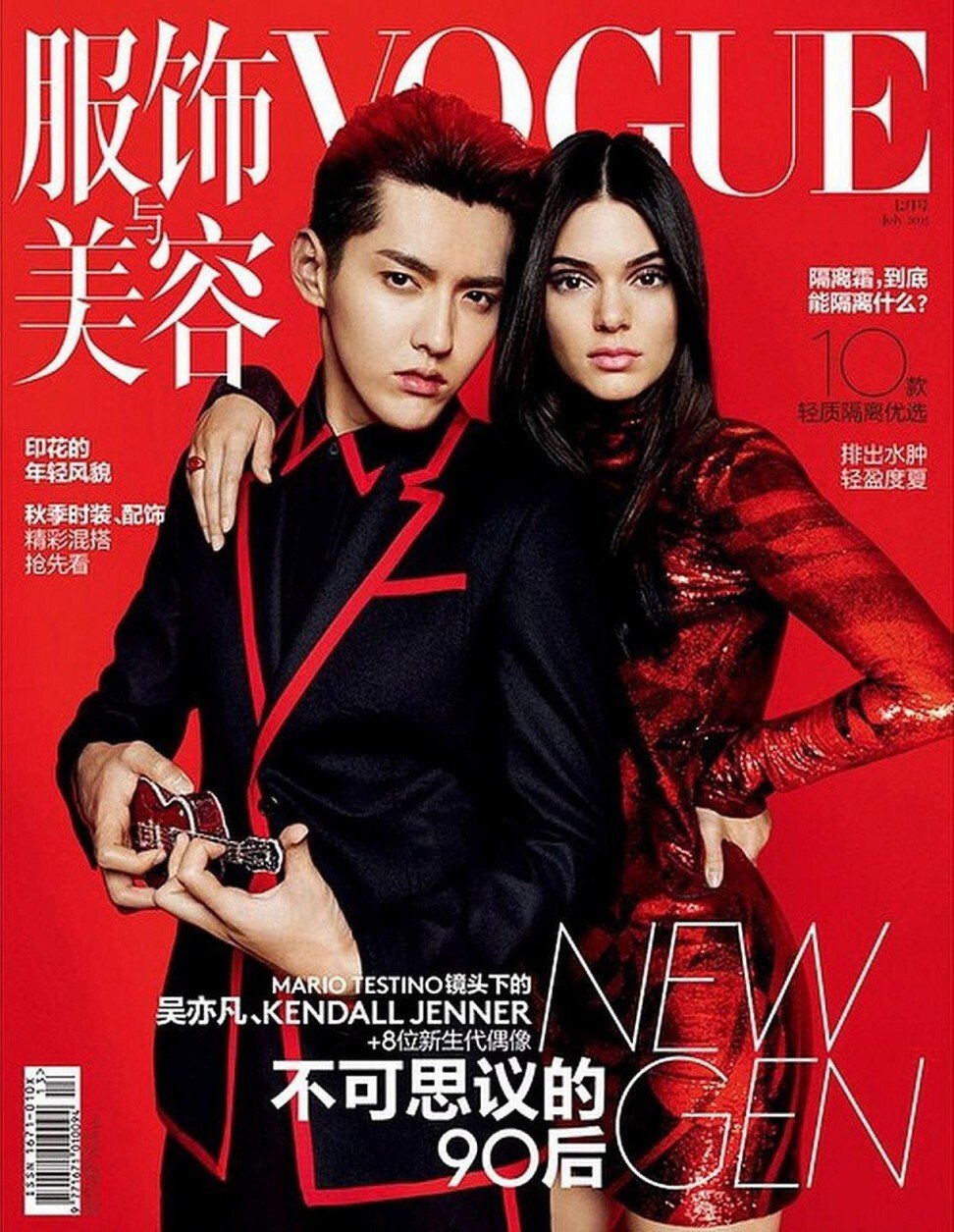
A simple truth evident during our hour-long appointment, which continued for about 90 minutes, is that she loves to speak. She issues a warning about this at the beginning: “I sometimes have the tendency to just keep on talking. Tell me if I’m going on too much.” She did not lie.
It’s possible when she switches back to her parallel persona as Mandarin-speaking Zhang Yu that she turns terse (although I doubt it) but she’s certainly engaged by, and engaging in, English. One of the reasons she is a long-standing Arsenal fan, she says later, is that she admires its former French player Thierry Henry, not just because of his cool style but because he is “so articulate, so eloquent – he speaks English better than the English players”.
“I wouldn’t be where I am without her because I don’t feel I was naturally a very ambitious person,” she says. “It changed after my father died. My mum had a talk with me to say, ‘Now things are serious: we don’t have your father, we don’t have any background, any power, anything. If you want a better future for yourself you really have to work for it.’”
Until then, little Zhang Yu had been an absent-minded child, preferring play to homework. In the following years, she says, she learned self-motivation.
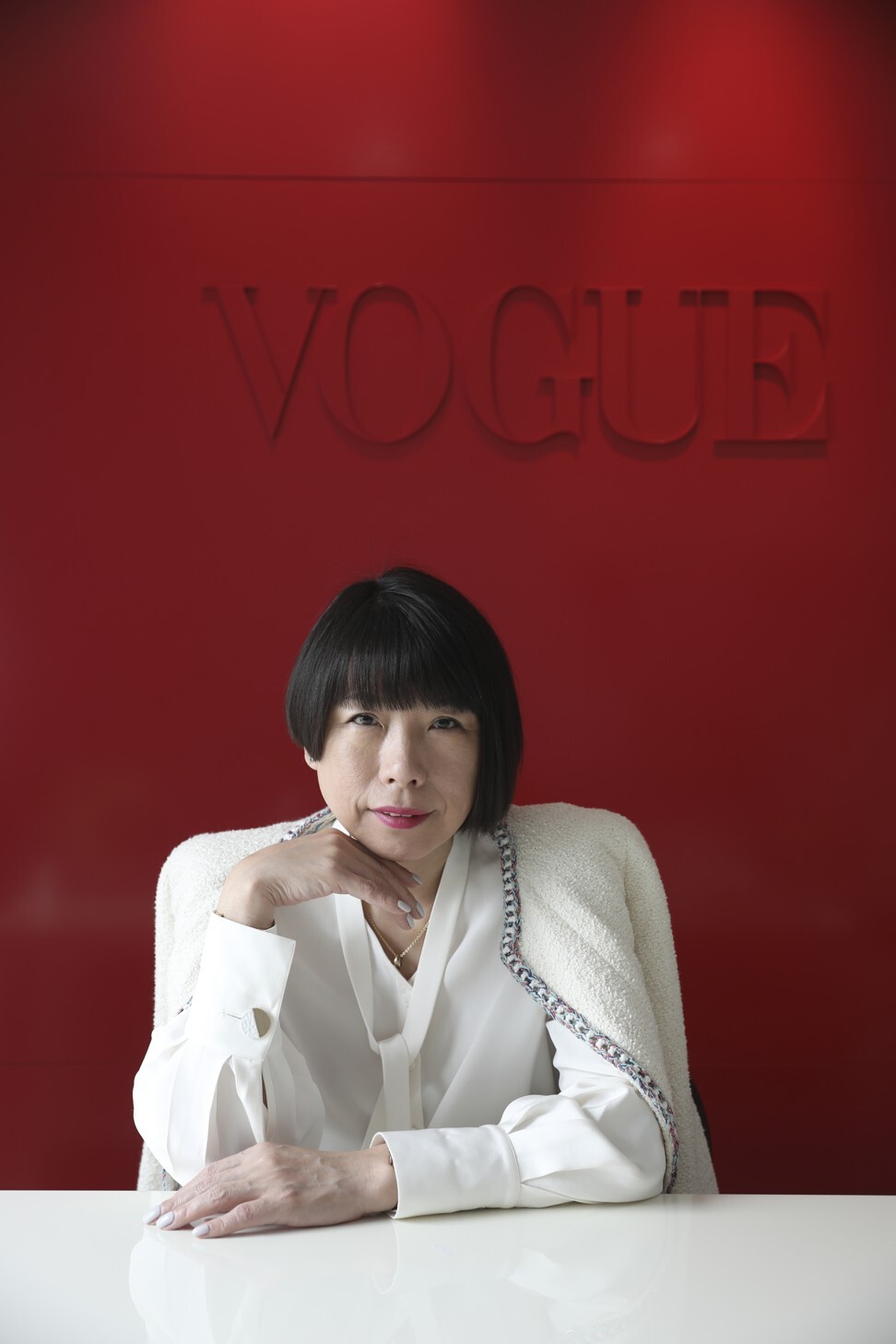
That got her into Peking University, where she studied law and English language and literature. She did a long-distance master of business administration degree through the University of South Australia, in Adelaide. She became Angelica.
Her mother chose the name from an American soap opera popular at the time, although she cannot remember which one. (A prime candidate must surely be Dallas, in which a fabulously stylish villain called Angelica, played by Barbara Carrera, was one of many individuals who tried to kill Larry Hagman’s JR.)
“My mum just loved that name, in Chinese it sounded so lucky.” When she came to Hong Kong, in 1993, her family name was transliterated into the Cantonese Cheung and her new identity was born.
Hong Kong, as is so often the case, was intended as a brief stop en route to “overseas”. She stayed for a decade. She worked at the Eastern Express newspaper (English language, now defunct), was a lifestyle editor at another daily newspaper called Hong Kong iMail (English language, now defunct), became associate publisher of B International magazine (English language, now defunct), then editor-in-chief of the Hong Kong edition of Marie Claire (traditional Chinese).
Her piecemeal curriculum vitae reflects not only a slice of Hong Kong history – pre-handover boom, Asian financial crash, 9/11, the swings and roundabouts of luxury goods advertisers as they gazed over Hong Kong’s shoulder towards the mainland market – but her own disinclination to commit.
I’d always loved fashion, to a certain degree – as a consumer, really. I never thought I’d stay in fashion mediaAngelica Cheung
“I’d always loved fashion, to a certain degree – as a consumer, really,” she says, and it’s not the voice of a burning passion. “I never thought I’d stay in fashion media. I always thought it was a year or two of fun as a young girl and I would head on to pursue law.”
She met her husband, an Englishman from Yorkshire, more than two decades ago. She was in the process of applying to legal courses in England when she was approached by the French publishing company Hachette. It wanted her to be editor-in-chief of Elle China, which had launched on the mainland in 1988 and was generally considered China’s best fashion magazine. Hachette was worried because it had heard a new contender was riding into town: Vogue.
“In Hong Kong, people perceived me as a China journalist but I’d never actually worked in China,” she says. “I thought if I didn’t take it, maybe I wouldn’t have the chance to work in this field in China at all. So that was the plan – to go to Shanghai for a year. And then, after a year and a half, Condé Nast came and talked to me about launching Vogue in China.
“My immediate answer was no because by then I was, 35, 36 [actually 38], and that was ultimately, absolutely, the deadline I had to make the switch to law. Otherwise, I’d be in this business forever.”
Condé Nast wondered why she did not want to continue in fashion journalism. She told them that, having already edited two, she knew the “so-called international titles” in China were really syndicated editions, filled with second-hand material as a cheap way of filling pages. “Basically, the Chinese or Asian editions were like the poor cousins of an international family. That was the mindset. I said, ‘If you let me create a Vogue China that would be on the level of these international Vogues then I would probably find it interesting.’” They agreed.

This was followed by a literal shift when the magazine was obliged, on an arcane technicality, to relocate to Beijing, a city not known for its fashion magazines. All foreign publications in China have a mandatory business partner; for 15 years, Vogue China has been tied to China Pictorial Publishing House, which inspects the issue every month. “Yes, yes, standard practice,” Cheung says briskly. “Actually, sometimes I find it very helpful because they’re seasoned editors. It’s really good to have an extra pair of eyes. They actually help a lot in avoiding some mistakes.”
In the same pragmatic manner, she put up with Western photographers and stylists who, in the early days, arrived with their own mysterious-Orient views about how China should look.
“You can’t transplant someone to a country they’ve never been to and expect this someone to totally understand your culture,” she says. “They obviously had a perception of China from Zhang Yimou movies, Chen Kaige movies. It’s not their fault. And at the same time, we needed to nurture the Chinese. It was a process. We also grew with the Western creatives from the beginning.”
Yet, within a successful year or so, she was restless. Listening to Cheung now, the wonder is not that she has survived 15 years at the magazine but that she decided to stay put. “Sometimes you do ask yourself, ‘What’s the point of it all?’ It wasn’t a job I actively chose.”
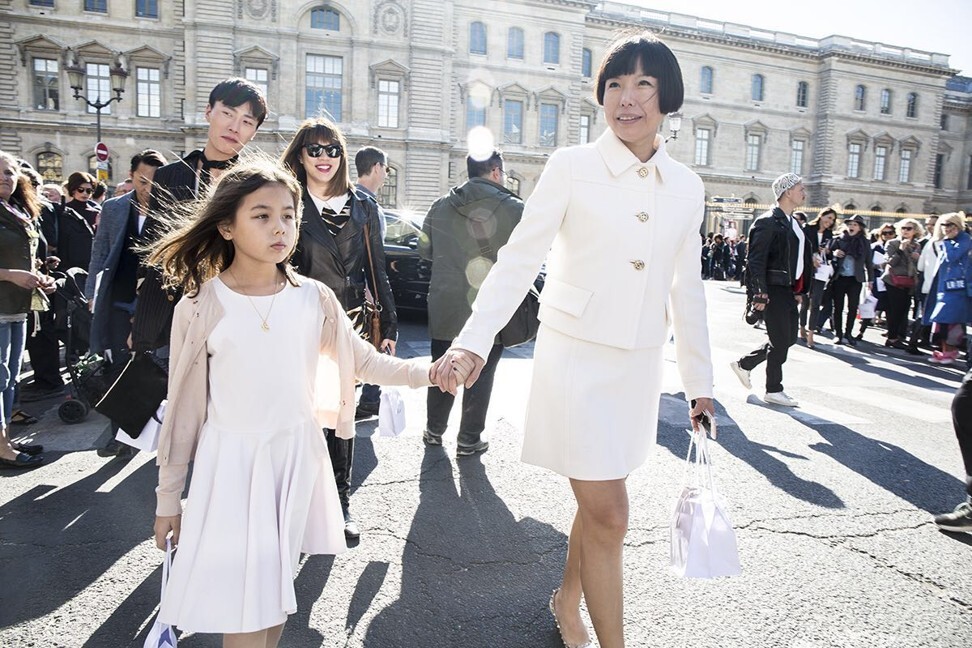
But she felt lucre wasn’t the answer. “By then, I’d met a lot of rich people who had terrible children and were not having a meaningful life.” A deft switch to more spiritual aspirations occurred: Hayley should have a positive outlook, a loving nature and proper values. “And, of course, I would like her to be a pretty and fashionable girl who knows how to dress herself.”
Those desires, blended editorially, became her new vision for Vogue China – its “soul”, as she likes to put it – for the next generation of readers. “I started to introduce a lot of other content about attitude, how you meet challenges but also how to give a little bit of excitement to your life.”
Note fashion’s lower ranking on that maternal wish list. Sometimes her enthusiasm for Arsène Wenger, Arsenal’s former manager (“Every time he talked about football it was as if he were talking about how I ran Vogue and my team”), and commercial business (she advises Western brands “because, obviously, I understand their culture, their sense of humour, I understand the process to understanding China”) suggests she might be just as focused selling, say, pharmaceuticals or combine harvesters.
“Sometimes, when my team is not doing things smartly, I say, ‘Why aren’t you using your brain?’” she says, at one point. “I am a person of no hobbies. Someone who has been with me for 15 years said to me, ‘Your hobby is what you are doing, your hobby is you use your brain.’”
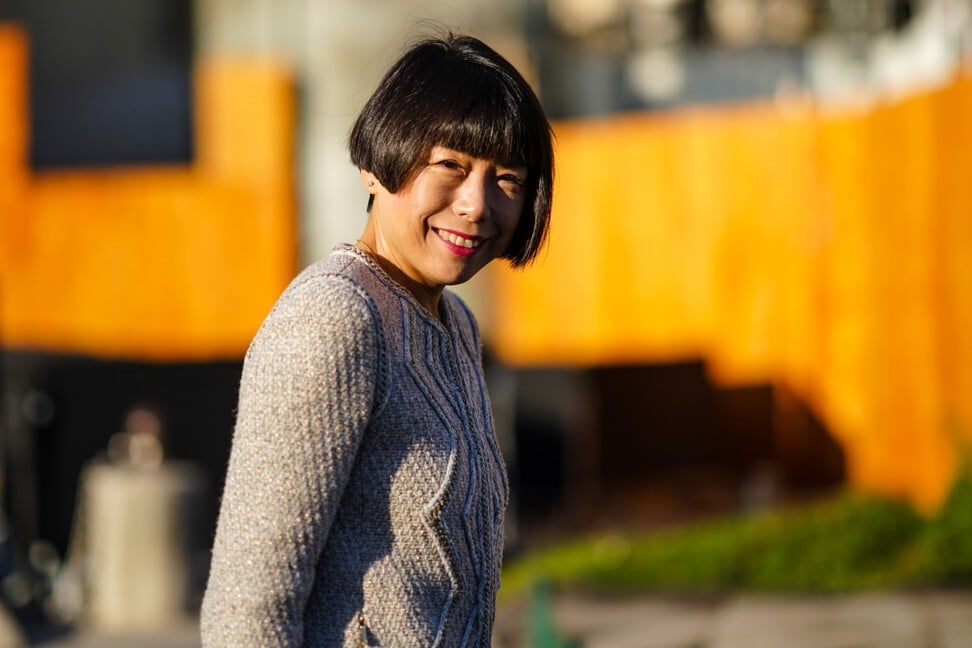
When was the last time she cried at a fashion show? An uncharacteristic pause. “People do get emotional but … make me cry? Maybe not.” Then: “Actually, yes, I remember – the last show of Karl Lagerfeld [for Chanel, in March 2019] when Karl wasn’t there any more.” Wasn’t that more about circumstance than fashion? “I would say you cannot isolate fashion from people and from life.”
Perhaps. But fashion journalism, especially in print, becomes less relevant – less fashionable – every day. Social media influencers might have the lifespan of a mayfly but that is what people want to follow. It is a global publishing concern and China, with its vast numbers of digitally savvy millennials, is at the sharp end.
Cheung is professionally active on social media but Douyin is a more deliberate placement of self. “On Douyin, I decided to talk a little bit about fashion in a more approachable way to young kids, to talk a little bit about their career path and to give a little bit of a hint about my life. If you understand the nature of your job is to pass on the message to the people, you need to be where the people are.”
I am reminded of a story she tells about her grandmother, who was a tailor and made her a pair of black-and-white trousers that she wore to school in an era when being different was undesirable. “Bourgeois,” pronounced some of her peers and she never wore them again.
That was a different time but doesn’t she worry that the masses can still bring an individual down? “I’m OK,” she says. “Occasionally people come and shout at you, and you have to face it and accept it.”
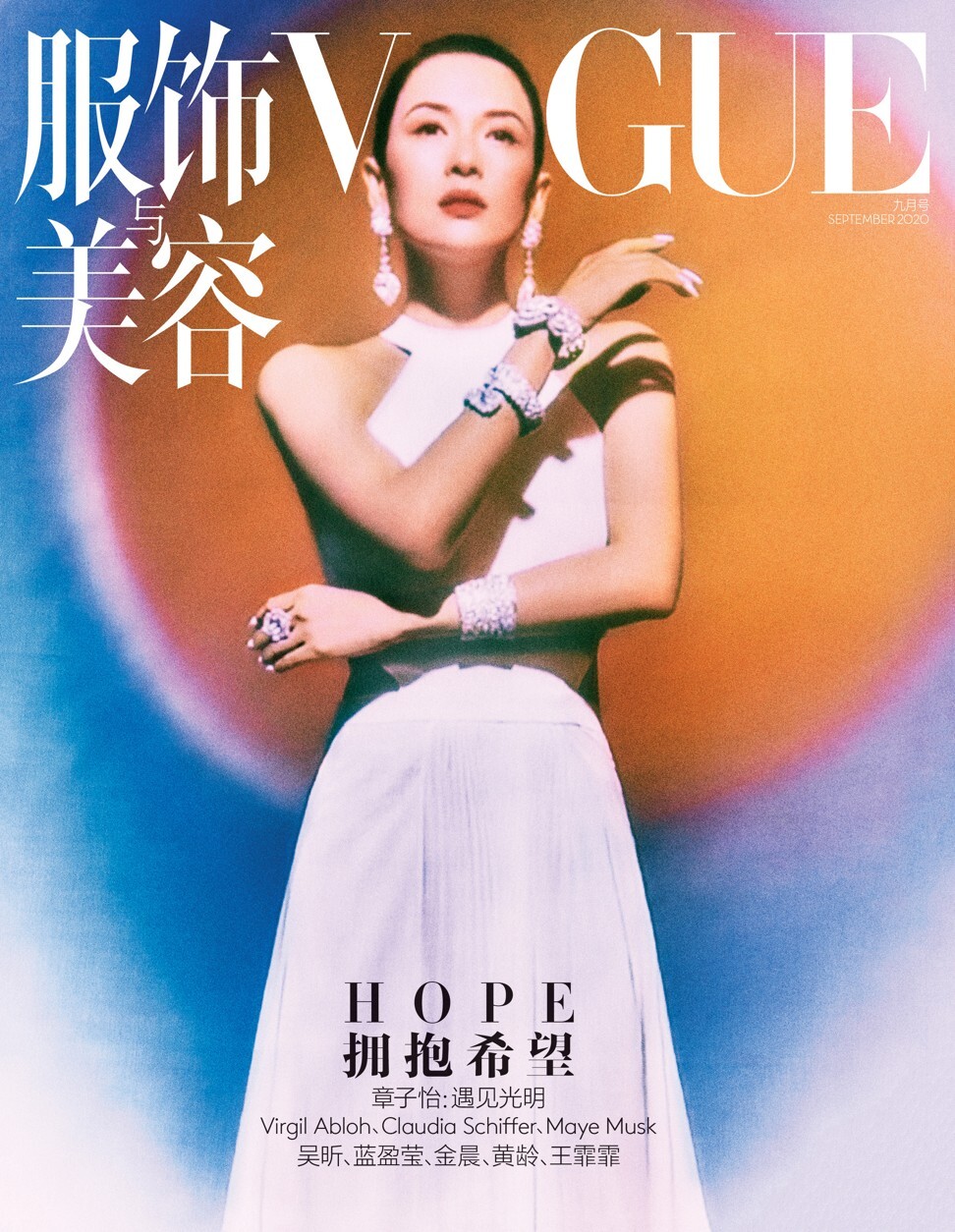
She’s working on the September issue, considered the biggest and most important of the year, although Cheung observes, “in China, every issue is a big one – the January issue and the September issue are probably the same size”.
To mark the extraordinary nature of this year, the 26 international Vogue editions have united behind one September theme: hope. Maybe that also says something about Condé Nast and the current, complicated world of fashion. A few weeks later, Enninful’s cover is made public. Cheung probably approves of having a footballer on it (Manchester United’s Marcus Rashford) but it looks more doleful than hopeful.
Meanwhile, Vogue China has reliably stellar actress Zhang Ziyi in front of an orange globe, rather like a radiant yolk filled with possibilities. It will sell more than all the other Vogues and five minutes after I’d looked at it, I couldn’t remember what she was wearing.
